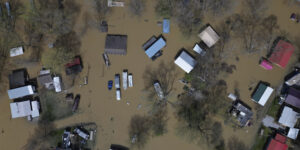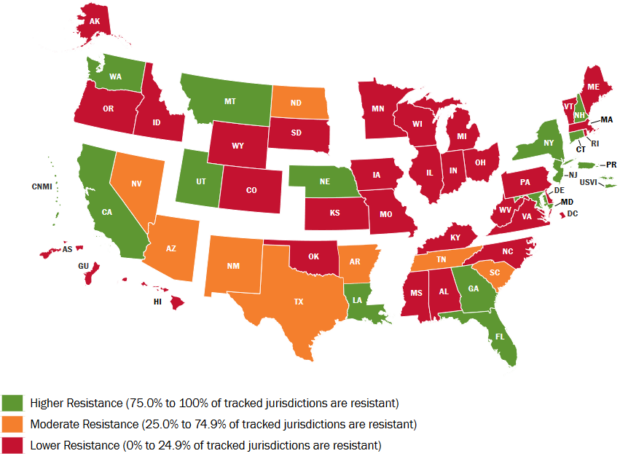Wicked summer storms, tornadoes and hurricanes each year highlight the importance of up-to-date building codes.
The Federal Emergency Management Agency (FEMA) tracks building code adoption status for state, local, tribal and territorial governments across the nation to evaluate a community’s natural hazard risks and building code adoption.
The effort is often referred to simply by its acronym, BCAT.
The nationwide percentage looks at all jurisdictions that have adopted the current or next most recent editions of the International Building Code and the International Residential Code without weakening any natural hazard-resistant provisions, the agency said in it’s most recent update.
Natural hazard-resistant provisions have been part of the International Building Code and International Residential Code since their first editions in 2000.
New editions of the codes are released every three years, improving and expanding on the hazard-resistant provisions.
FEMA considers communities “hazard-resistant” if they’ve adopted the latest or second most recent codes without weakening the hazard-resistant provisions through amendments.
The Building Codes Save Study noted that adopting current codes “increases safety and reduces financial losses, supporting more rapid recovery after disasters.”
Hazard resistance means different things depending on the hazard, the agency added. The most significant example of this is seismic code provisions. The other hazard-resistant provisions address life safety as well as reducing damage to structures.
The agency noted that seismic codes primarily focus on saving lives. After all, “earthquakes don’t kill people, buildings do.”
The table below displays the percent of tracked jurisdictions that are resistant to the hazards identified, along with the annual and quarterly change.
![]()
The percentage emphasizes the importance of adopting current building codes.
Enforcement is key to ensuring the best building practices for new and existing buildings, the agency said.





















 State Farm’s California Emergency Rate Request Dropped to 17%
State Farm’s California Emergency Rate Request Dropped to 17%  Insurance Industry Contemplates Knock-On Effect of Tariffs to Claims, Consumers
Insurance Industry Contemplates Knock-On Effect of Tariffs to Claims, Consumers  $1 Trillion! 2024 P/C Industry Direct Premiums At Record Level
$1 Trillion! 2024 P/C Industry Direct Premiums At Record Level  Lemonade: 700K Customers on the Car Waitlist
Lemonade: 700K Customers on the Car Waitlist 




